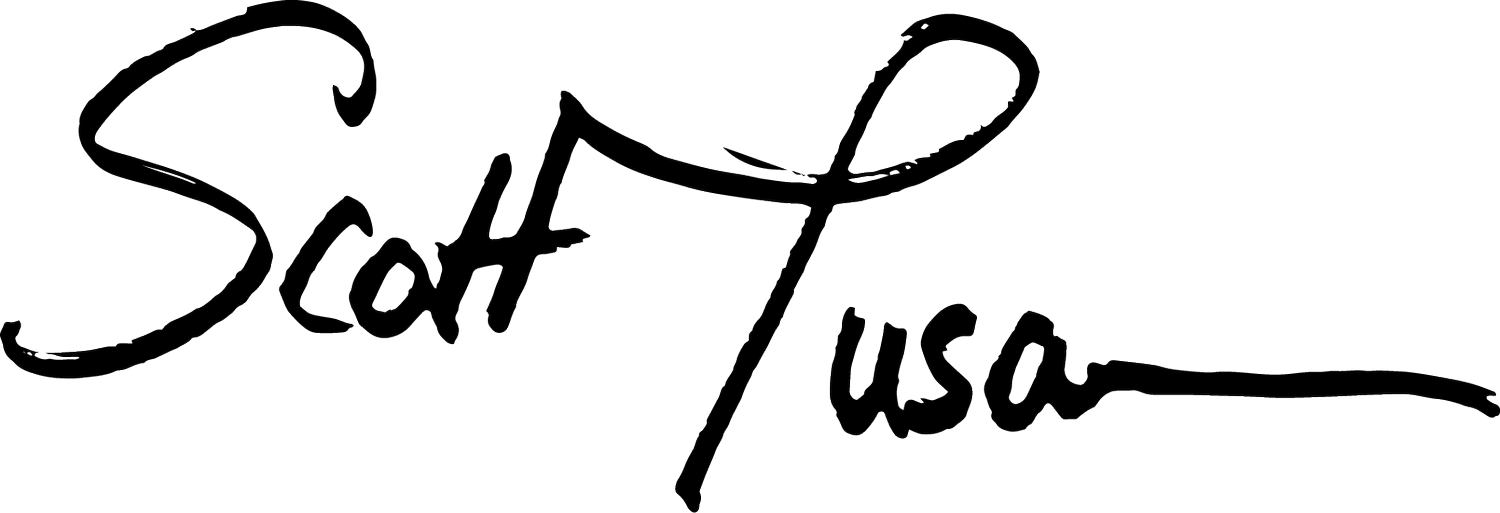The Art of an Open Question
Growing up jewish, I have vivid childhood memories of the jewish holidays throughout the year. Apples and honey at new year. Costumes and cookies with delicious filling at Purim. Chocolate money and eight days of presents at Hanukkah (I'm sure you are starting to see a pattern here) When I reflect back, it seems that as long as there was delicious food, I was okay with whatever boring activities surrounded it.
Passover was a different story. Not only did it include no food, ie. fasting, but when dinner was finally served, it involved eating unleavened bread, salt water, bitter herbs, and a host of other foods and activities I was not so thrilled about as a kid. Despite this, there is one part of the passover dinner that has always stuck with me, the ritual of asking four questions.
On Passover, four questions are asked by the children at the dinner. These questions represent the very joy and freedom, both literal and metaphysical in our ability to ask an open question itself. It wasn't until later on in my life, when I met Buddhism, that I began to understand the power and love in this.
On the Buddhist path of practice we strive to ask deeply personal questions. We practice mindfulness in a way that asks whether our actions of body and speech are useful and compassionate. When we reflect on and question our personal beliefs we are open to them changing based on new evidence. Ultimately, we may even ask whether the perceptions we are currently identified with have an absolute and unchanging reality in and of themselves.
Within an open question we choose to suspend judgement, and instead enter a process of spacious inquiry. Here inquiry can be both analytical and intuitive. It can function as an informed contemplative process we follow, or an intuition or feeling we watch. I've found that there are so many ways to sit with an open question.
Here, the power lies not within the answer, but within the very process of churning over the question again and again. Because the need to be right or affirmed has been loosened, there is the possibility of eventually finding freedom from within it.
I find it particularly useful to sit with a feeling or sensation in the body. Here we choose to meet whatever is arising with compassion, simply “listening” to it without judgment. Within this we are going directly to the root of the energy system that connects the brain, body, and mind. If done with care this can be very soothing, allowing for a process to unfold that is both embodied and loving.
For me this echoes the care symbolized in traditions like the Four Questions. Since many of us did not have access to healthy rites of passage growing up, we may need to reclaim them in our own bodies as we learn to re-parent the parts of ourselves that are in deep need of loving care.
In conclusion, searching out ways to hold open questions that are not only informative, but loving towards ourselves and others can benefit us in our process of healing and awakening. It is my wish that this can also become a renewed tradition within our families, workplaces, and communities.

